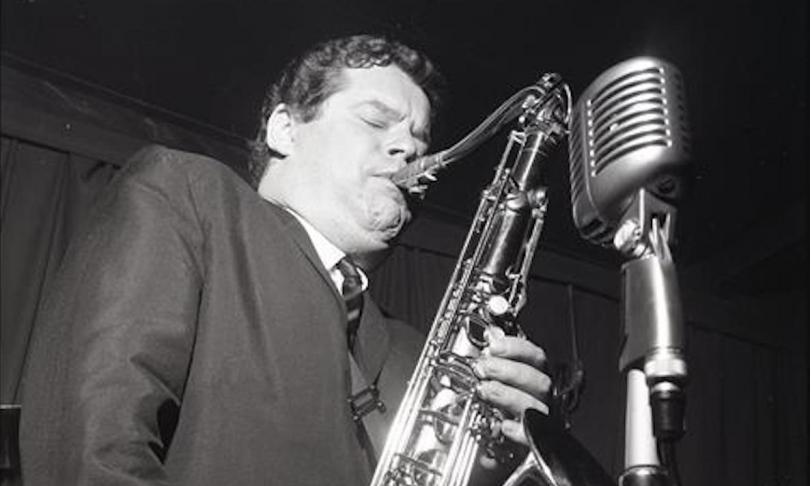
Extremely lively, bursting with energy and always innovatively improvising and seemingly effortlessly syncopating like hardly any of today's largely preferred US competitors: that's Tubby Hayes. How is it possible, then, that the numerous Tubby Hayes albums produced between 1955 and 1972 have hardly been reissued on today's market, and that he does not play the role among the jazz saxophonists that he deserves? On the one hand this is probably due to the fact that he died far too early in 1973 at the age of 38 as a result of his drug consumption. On the other hand, this is probably due to the fact that to this day there is the prejudice that at least in the fifties and into the eighties only the USA produced important saxophonists such as Dexter Gordon, Johnny Griffin, Sonny Rollins, Sonny Stitt and John Coltrane. Tubby Hayes has done his best to show his colleagues in the USA that a saxophonist from England can catch up with them. He demonstrated this impressively with a local presence at the Half Note Club in New York City in 1961, and on the album Tubbs In N.Y. recorded with Clark Terry, Eddie Costa, and Horace Parlan, and a year later on the album Return Visit recorded with James Moody, Roland Kirk, Walter Bishop Jr, Sam Jones and Louis Hayes. Despite further USA appearances in 1964 and 1965, he however was not able to eliminate the prejudice that a saxophonist must come from the United States in order to be allowed to occupy a place in the Hall Of Fame of saxophonists. It doesn't help that Miles Davis was a fan of the English saxophonist.
All the better, then, that we are given the opportunity to trace the skills of Tubby Hayes in the environment of his quartet, which, in addition to Hayes on the tenor saxophone, includes pianist Mick Payner, bassist Ron Mathewson and drummer Spike Wells, all first-rate musicians in their field, who were replaced by guitarist Louis Stewart in two additional complete takes of the title "For Members Only".
This album shows how Tubby Hayes designs his improvisations to sound contemporary 50 years later and grab the listener's attention immediately. The interaction of the quartet members on Grits, Beans and Greens is exemplary and consistently intense and stirring. The drums, followed by the bassist in dreamlike certainty, succeed in changing rhythms in a variety of ways, motivating the tenor saxophone and the piano (the guitar) to quickly adapt their playing to the given rhythm pattern. All of this seems to run effortlessly, one time flowing smoothly, another time rubbing itself down violently and unerringly. And again and again one is amazed at the almost infinitely blossoming eloquence and virtuosity of the saxophonist, which is second to none and takes the prejudice to absurdity that during the golden age of the saxophone only the United States of America produced first-class jazz saxophonists.
Tubby Hayes, tenor saxophone
Mike Pyne, piano
Ron Mathewson, double bass
Spike Wells, drums
Recorded June 24th, 1969 at Philips Studios, Stanhope Place, London
Engineered by David Voyde
Produced by Terry Brown








